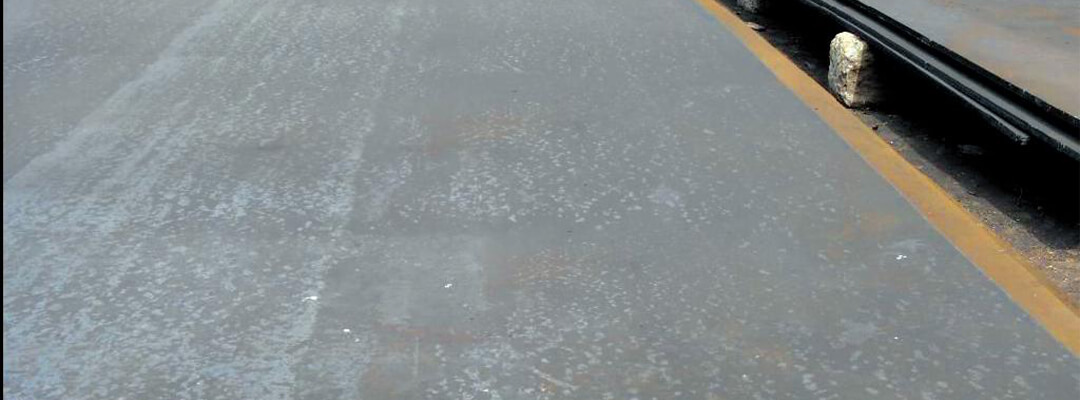- Email:[email protected]
- Mobile: +86-16668331536
product
Carbon Steel is a composite material comprising iron and carbon, with the possibility of incorporating various additional elements. These elements, including manganese (up to 1.65% maximum), silicon (up to 0.60% maximum), and copper (up to 0.60% maximum), have prescribed maximum limits.
Carbon steel may also contain trace amounts of other elements, typically in quantities too small to significantly affect its properties.
Technical Parameters:
| Steel Grade | Executive Standard |
| 10-55 20Mn-50Mn | GB711and special purpose and condition |
| SS400 | JIS G 3101 |
| SM400(A、B) | JIS G 3106 |
| S10C-S55C | JIS G 4051 |
| St37-2,St37-3 | DIN17100 |
| A36/A283(A/B/C/D) 1010-1050 | ASTM |
| 40(A/B/C/D/E) | BS4360 |
| S235(JR/JO/J2G3/J2G4) | EN10025 |
| 1C22/1C25/1C30/1C35 1C40/1C45/1C50/1C55 | EN10083-2 |
| Fe360(A/B/C/D) | ISO630 |
Carbon steel is categorized into four types based on its carbon content, each with unique characteristics.
Lower carbon steels (0.05%-0.25% carbon and up to 0.4% manganese) are softer, easily malleable, and cost-effective. They can be further carburized to enhance surface hardness.
Medium carbon steels (0.29%-0.54% carbon, with 0.60%-1.65% manganese) are ductile, strong, and known for their long-wearing properties.
High carbon steels (0.55%-0.95% carbon, with 0.30%-0.90% manganese) are exceptionally robust and maintain shape memory, making them ideal for applications like springs and wire.
Very high carbon steel (0.96%-2.1% carbon) is extremely strong but requires special handling due to its brittleness.
According to performance and customer requirements, the delivery status of steel plates can include processes such as hot rolling, controlled rolling, normalizing, annealed tempering, normalizing + tempering, hardening + tempering, etc.
Flaw detection and Through-Thickness Property: We have the capability to manufacture steel plates with additional flaw detection and Z15-Z35 tear resistance (Through-Thickness Property). We can also supply you with Z-Direction Steel Plate according to ASTM and A770 standards.
Mostly used for welding, riveting, or bolted connections in steel structures, with a few used in the manufacturing of various mechanical parts

To receive information about products, news, exhibitions and the ways you can support us.

You can consult online or write an email, We deal with your needs immediately .